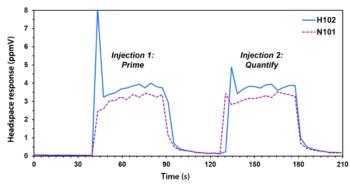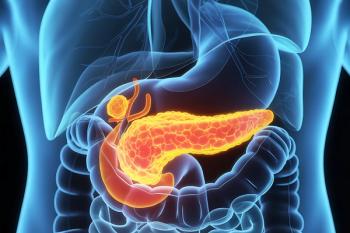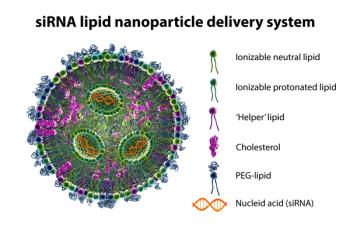
New Bruker ionBooster dramatically improves LOQ and LOD for various compounds on UHR-TOF systems and amaZon ion traps with MSn capabilities
Bruker announces the release of its high-sensitivity ionBooster, a new ion source to meet the increasing demands for sensitivity enhancements in environmental analysis, food testing and forensics.
Bruker released its high-sensitivity
The ion source enhances sensitivity and lowers detection limits by delivering more efficient ionization across a wide range of applications. Inside the ionBooster, an electrospray is maintained at a controlled vaporizing temperature to enable enhanced desolvation of the analyte ions, even at high eluent flow rates in UHPLC separations with sharp chromatographic peaks. The exact response with the
A gain in sensitivity, delivered by ionBooster provides significant enhancement in response for chloramphenicol (CAP) compared with standard ESI. Such a development is of great importance, as there is zero-tolerance for Chloramphenicol, a broad-spectrum antibiotic drug, in any food in the EU. An LOQ more than 100-fold better than the minimum required performance level (MRPL) can be achieved with ionBooster. In combination with
Newsletter
Join the global community of analytical scientists who trust LCGC for insights on the latest techniques, trends, and expert solutions in chromatography.





